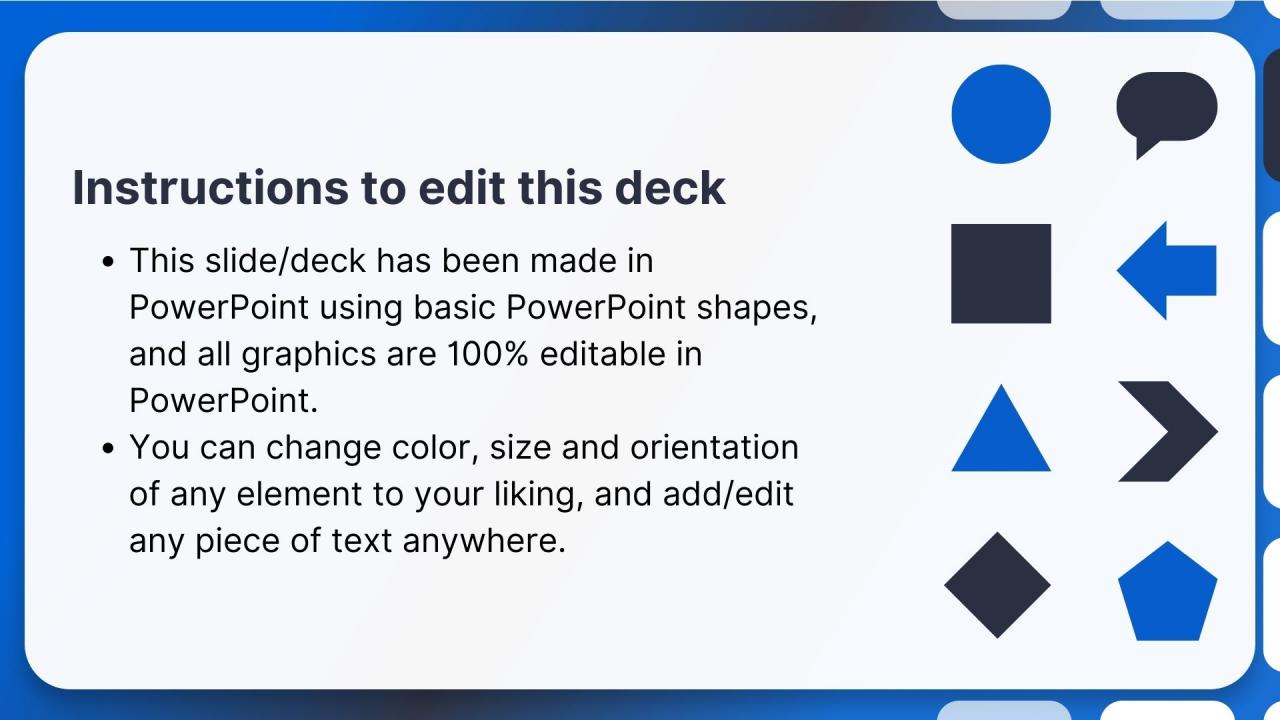Dynamic Systems Development Model Powerpoint Presentation Slides
The dynamic systems development model is an incremental coding approach in which iteration implements the 80 percent rule, which states that only enough effort is required for each step to progress to the next step. Grab our professionally designed Dynamic Systems Development Model template and learn its values, why to choose DSDM as your agile approach, and the benefits of the Dynamic Systems Development Model to business. In this PowerPoint presentation, we have covered the principles of Dynamic Systems and phases of DSDM, which have to be implemented. In addition, PPT shows the difference between DSDM and other methodologies such as RAD and Scrum. Furthermore, it includes techniques and practices used to implement Dynamic Systems. Moreover, this presentation represents how DSDM addresses critical challenges in product development, such as providing solutions to ineffective communication, late delivery, and solution to the issue of the final product doesnt meet the clients expectations. Lastly, the deck comprises a 30-60-90-day plan to implement DSDM in business and a dashboard to measure the organizations performance and the impact of the DSDM implementation. Get access now.
You must be logged in to download this presentation.
 Impress your
Impress your audience
Editable
of Time
PowerPoint presentation slides
Deliver this complete deck to your team members and other collaborators. Encompassed with stylized slides presenting various concepts, this Dynamic Systems Development Model Powerpoint Presentation Slides is the best tool you can utilize. Personalize its content and graphics to make it unique and thought provoking. All the seventy four slides are editable and modifiable, so feel free to adjust them to your business setting. The font, color, and other components also come in an editable format making this PPT design the best choice for your next presentation. So, download now.
People who downloaded this PowerPoint presentation also viewed the following :
Content of this Powerpoint Presentation
Slide 1: This slide introduces Dynamic Systems Development Model. State Your Company Name and begin.
Slide 2: This is an Agenda slide. State your agendas here.
Slide 3: This slide presents Table of Content for the presentation.
Slide 4: This is another slide continuing Table of Content for the presentation.
Slide 5: This slide shows title for topics that are to be covered next in the template.
Slide 6: This slide depicts ineffective communication faced by the company.
Slide 7: This slide describes the issue of late delivery of projects due to the communication gap in the team.
Slide 8: This slide represents the issue of projects failing to meet client’s expectations which causes the major losses to the business.
Slide 9: This slide shows title for topics that are to be covered next in the template.
Slide 10: This slide depicts the benefits of the dynamic systems development method.
Slide 11: This slide illustrates why to choose DSDM as an agile approach such as its focus only sticks to the development.
Slide 12: This slide describes the values of DSDM to be implemented such as an individual, working software, collaboration, etc.
Slide 13: This slide shows title for topics that are to be covered next in the template.
Slide 14: This slide presents Philosophies of DSDM to be Implemented.
Slide 15: This slide shows title for topics that are to be covered next in the template.
Slide 16: This slide displays Focusing on the Business Needs Principle to be Implemented.
Slide 17: This slide explains delivery on time as a principle of DSDM which is based on timely delivery of the project.
Slide 18: This slide represents Collaboration Between Teams and Stakeholders to be Implemented.
Slide 19: This slide explains never compromise quality as a principle of DSDM and it is possible by making sure that time to time testing takes place.
Slide 20: This slide showcases build incrementally on solid foundations, which can be described as the collaboration of foundation.
Slide 21: This slide demonstrates the develop iteratively principle to be implemented.
Slide 22: This slide presents Communicate Continuously and Clearly within DSDM Teams.
Slide 23: This slide describes communication continuously and clearly within DSDM teams.
Slide 24: This slide shows title for topics that are to be covered next in the template.
Slide 25: This slide depicts project-level roles in DSDM implementation, including directors, project owners, and project managers.
Slide 26: This slide showcases Solution Development Roles in DSDM Implementation.
Slide 27: This slide describes supporting roles in DSDM that consist of DSDM coach and workshop facilitator.
Slide 28: This slide presents RACI Matrix for Dynamic Systems Development Method.
Slide 29: This slide shows title for topics that are to be covered next in the template.
Slide 30: This slide displays Timeboxing Practice of Dynamic System Development Method.
Slide 31: This slide represents MoSCoW Practice of Dynamic System Development Method.
Slide 32: This slide showcases Modelling Technique of Dynamic System Development Method.
Slide 33: This slide presents Prototyping Technique of Dynamic System Development Method.
Slide 34: This slide displays Workshops Practice of Dynamic System Development Method.
Slide 35: This slide shows title for topics that are to be covered next in the template.
Slide 36: This slide represents feasibility study phase of DSDM which includes the study of existing issues and making a preliminary report of them.
Slide 37: This slide represents business study phase of DSDM which involves organizing workshops.
Slide 38: This slide showcases Functional Model Iteration Phase in DSDM.
Slide 39: This slide presents System Design and Build Phase of DSDM.
Slide 40: This slide displays Implementation Phase in Dynamic Systems Development Model.
Slide 41: This slide shows title for topics that are to be covered next in the template.
Slide 42: This slide displays Mapping of DSDM Practices with Development Phases.
Slide 43: This slide shows title for topics that are to be covered next in the template.
Slide 44: This slide depicts the difference between DSDM and RAD based on interface, the approach of a method, communication, and time frame.
Slide 45: This slide explains how does DSDM differs from traditional approaches in aspects of approach and time taken.
Slide 46: This slide demonstrates DSDM in comparison with scrum although both are quite similar.
Slide 47: This slide shows title for topics that are to be covered next in the template.
Slide 48: This slide displays DSDM addresses Ineffective Communication in the Company.
Slide 49: This slide represents DSDM Solution to Products Failing to Meet Clients Expectations.
Slide 50: This slide demonstrates the DSDM approach to the late delivery problem.
Slide 51: This slide showcases Addressing Unused Features in the Project Development.
Slide 52: This slide presents DSDM Solution to Late Return on Investment (ROI) Problem.
Slide 53: This slide shows title for topics that are to be covered next in the template.
Slide 54: This slide displays Checklist for DSDM Implementation in the Company.
Slide 55: This slide depicts training for users in organization that includes modules that has to be covered.
Slide 56: This slide represents Estimated Budget for Implementation of DSDM in the Company.
Slide 57: This slide shows title for topics that are to be covered next in the template.
Slide 58: This slide showcases 30-60-90 Days Plan for DSDM Implementation.
Slide 59: This slide shows title for topics that are to be covered next in the template.
Slide 60: This slide showcases Roadmap for DSDM Implementation in the Company.
Slide 61: This slide shows title for topics that are to be covered next in the template.
Slide 62: This slide represents the impact on communication, delivery of projects and productivity.
Slide 63: This slide showcases Product Delivery on Time after DSDM Implementation.
Slide 64: This slide shows title for topics that are to be covered next in the template.
Slide 65: This slide showcases Overall Growth Dashboard Post DSDM Implementation.
Slide 66: This slide showcases Icons for Dynamic Systems Development Model.
Slide 67: This slide is titled as Additional Slides for moving forward.
Slide 68: This is Our Mission slide with related imagery and text.
Slide 69: This slide depicts Venn diagram with text boxes.
Slide 70: This slide showcases Magnifying Glass to highlight information, specifications, etc.
Slide 71: This slide represents Stacked column chart with two products comparison.
Slide 72: This is a Timeline slide. Show data related to time intervals here.
Slide 73: This is an Idea Generation slide to state a new idea or highlight information, specifications etc.
Slide 74: This is a Thank You slide with address, contact numbers and email address.
Dynamic Systems Development Model Powerpoint Presentation Slides with all 79 slides:
Use our Dynamic Systems Development Model Powerpoint Presentation Slides to effectively help you save your valuable time. They are readymade to fit into any presentation structure.
FAQs
The Dynamic Systems Development Model (DSDM) is an agile project management approach that focuses on delivering software projects quickly and efficiently.
DSDM (Dynamic Systems Development Model) offers benefits such as faster delivery of projects, improved communication and collaboration between teams, better quality assurance, and increased customer satisfaction.
DSDM (Dynamic Systems Development Model) differs from traditional approaches in terms of its focus on continuous delivery and development, its emphasis on collaboration and communication, and its iterative approach.
The key principles of DSDM (Dynamic Systems Development Model) include focusing on business needs, timely delivery, a collaboration between teams and stakeholders, never compromising quality, building incrementally on solid foundations, and developing iteratively.
Some of the practices used in DSDM (Dynamic Systems Development Model) include timeboxing, MoSCoW prioritization, modeling techniques, prototyping, and workshops.
-
A beautiful, professional design paired with high-quality images and content that is sure to impress. It is a must-use PPT template in my opinion.
-
Great templates that you can use in your next keynote or conference. They are perfect for quick and visually-engaging delivery.






































































































































































